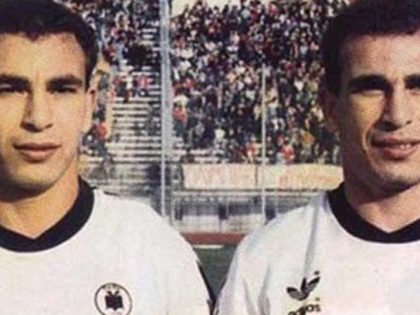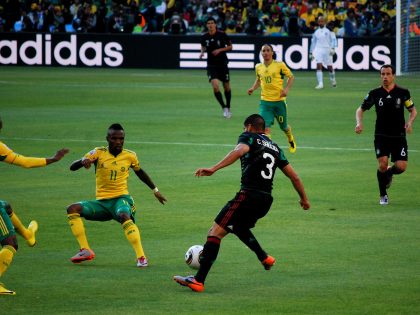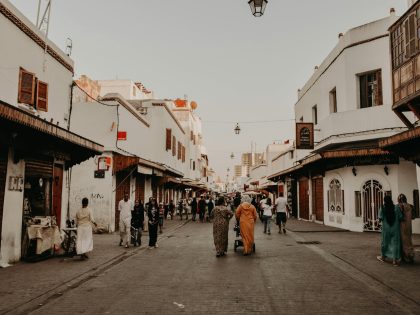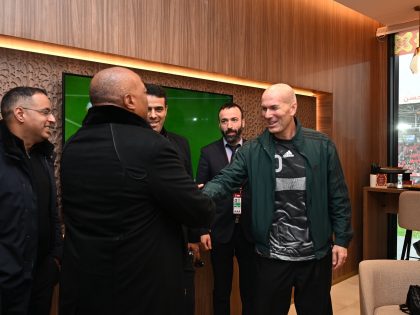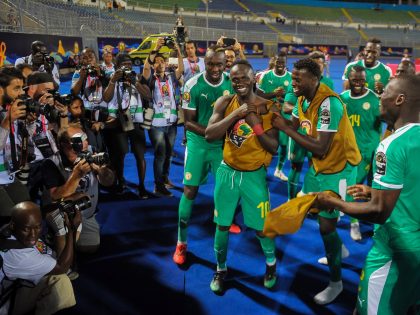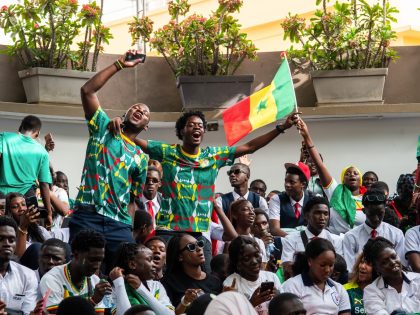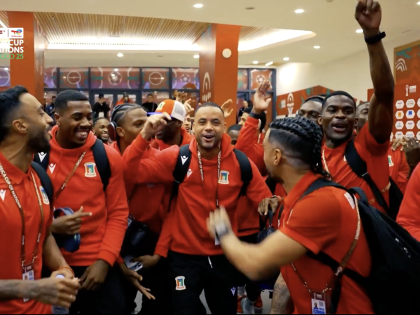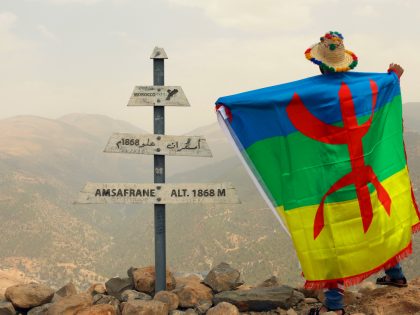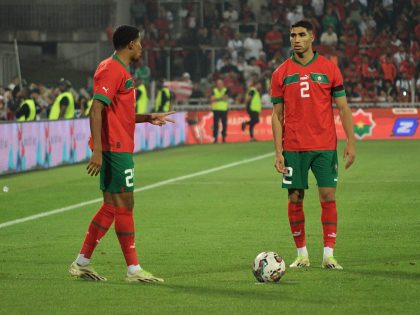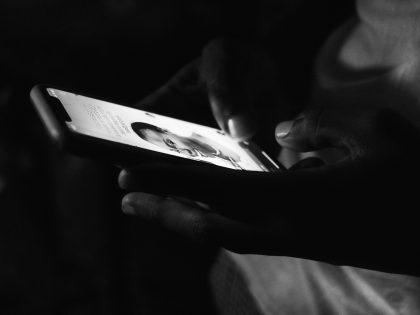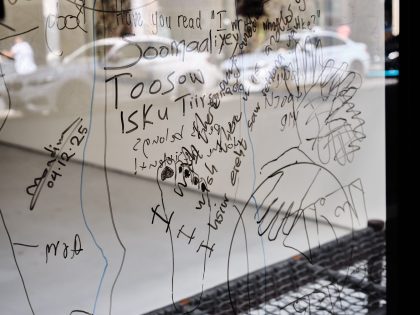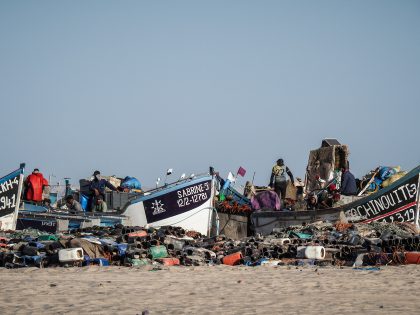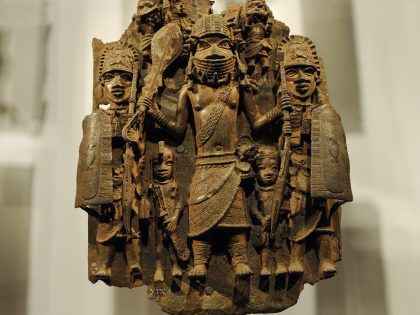Benetton Politics
The made-upness and the shallowness of the Democratic Alliance of South Africa's vision of a non-racial future.

The source of the stock image for the Democratic Alliance's unconvincing attempt to pass itself off as "beyond racial".
I swore I wasn’t going to add a thing to the discussion about the idiotic poster campaign by the student/youth wing of South Africa’s opposition Democratic Alliance about a future non-racial love-fest. I have remained shtum (yiddish for ‘quiet’) about its horrid aesthetics, its awful family snap-shot quality. (Some have claimed it’s like a Benetton or Calvin Klein commercial which should leave said brands reeling). I have silenced myself in the face of the straight(ened) hair of the black model which, seriously DA students, is insulting. And, of course, I, like many others out there, have been annoyed at the shallowness of their vision of a non-racial future. Here in North America, it’s reported as a “racial furore” and “heated debate”. But then I heard “Q” on Canada’s CBC Radio the other day. And watched CNN yesterday morning.
On “Q”, smart (and quite adorable) host Jian Ghomeshi interviewed Canada’s Globe and Mail correspondent in Joburg, the usually reliable Geoffrey Yorke, about the furore evoked by the poster. Listen about 5 minutes in. Besides for Ghomeshi’s all too brief attempts at steering the interview to a substantial critique of the politics of the poster, the correspondent’s remarks were more like an extended advertorial for the DA. (The DA grew out of “1970s liberal politics,” at 16% is the “biggest opposition,” the DA has “done a good job of recruiting high profile and young black politicians.”) As were Nadia Bilchik’s on CNN. To be fair to Bilchik, CNN doesn’t lend itself to in-depth critique. But to suggest that DASO’s poster is a great success because it gets us talking is a bit off the mark. Unfortunately both Bilchik and Yorke also missed the most exciting aspect of the DASO “furore”: how the poster was parodied on social media (as in the one above). Especially since Yorke embraces Twitter so enthusiastically. Hence my broken silence.
EDITOR: The poster is as shallow as the politics associated with it. We didn’t refer to it as Benetton politics for nothing. Seems one of the officials at the DA youth wing, Aimee Franklin, just sourced the picture from a stock photo image company based … in New York.
